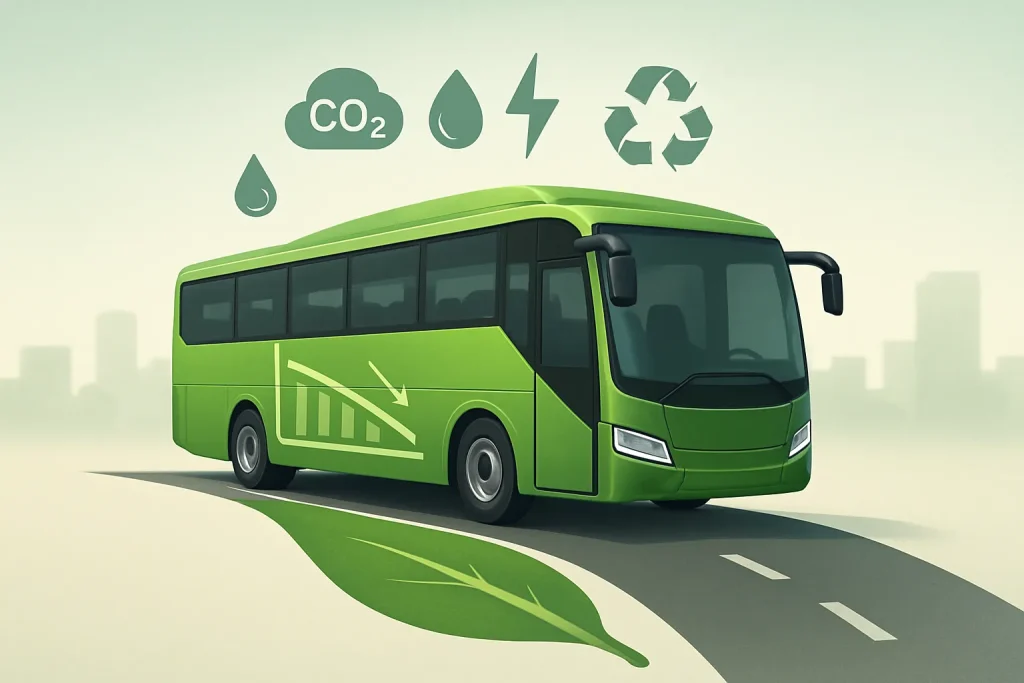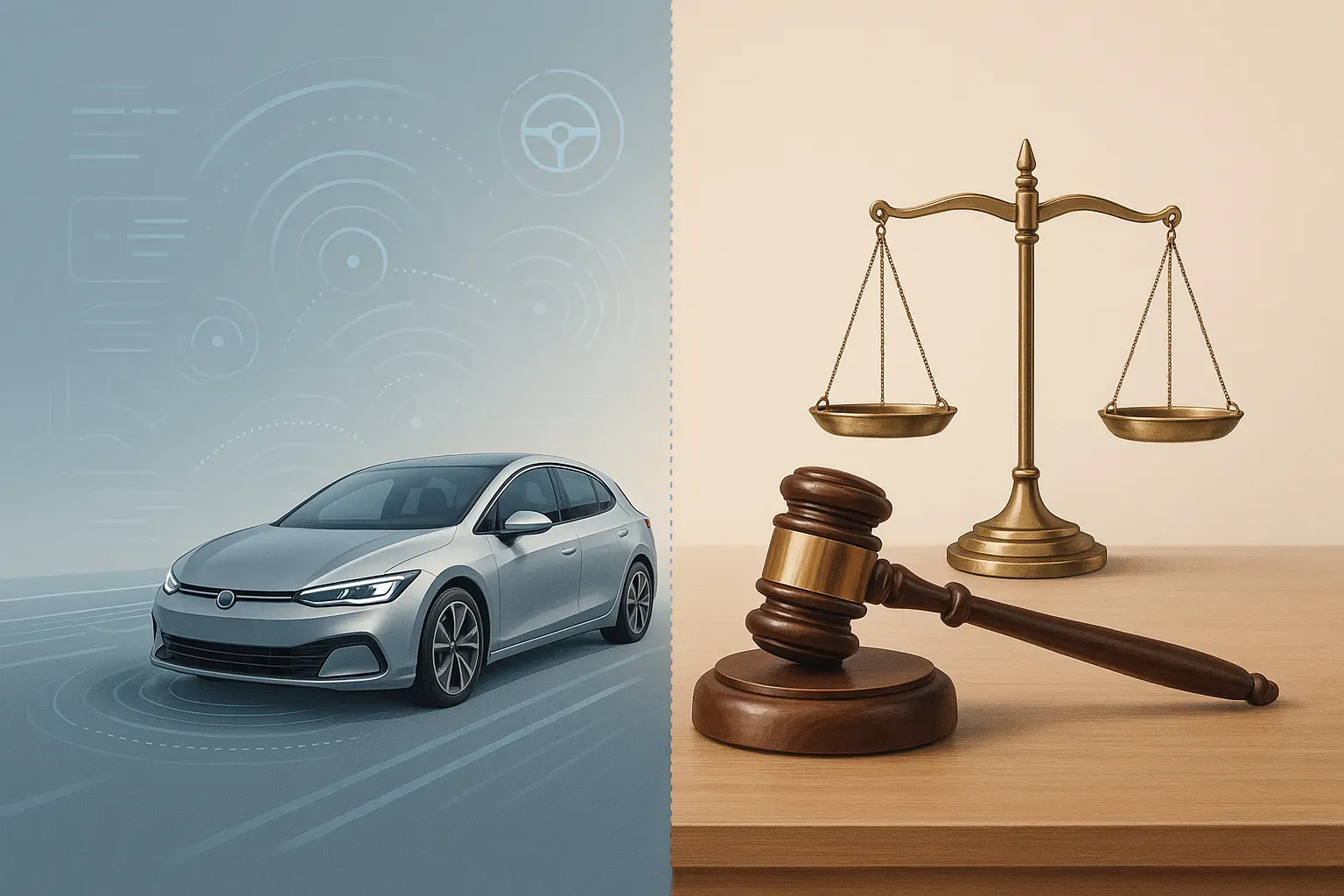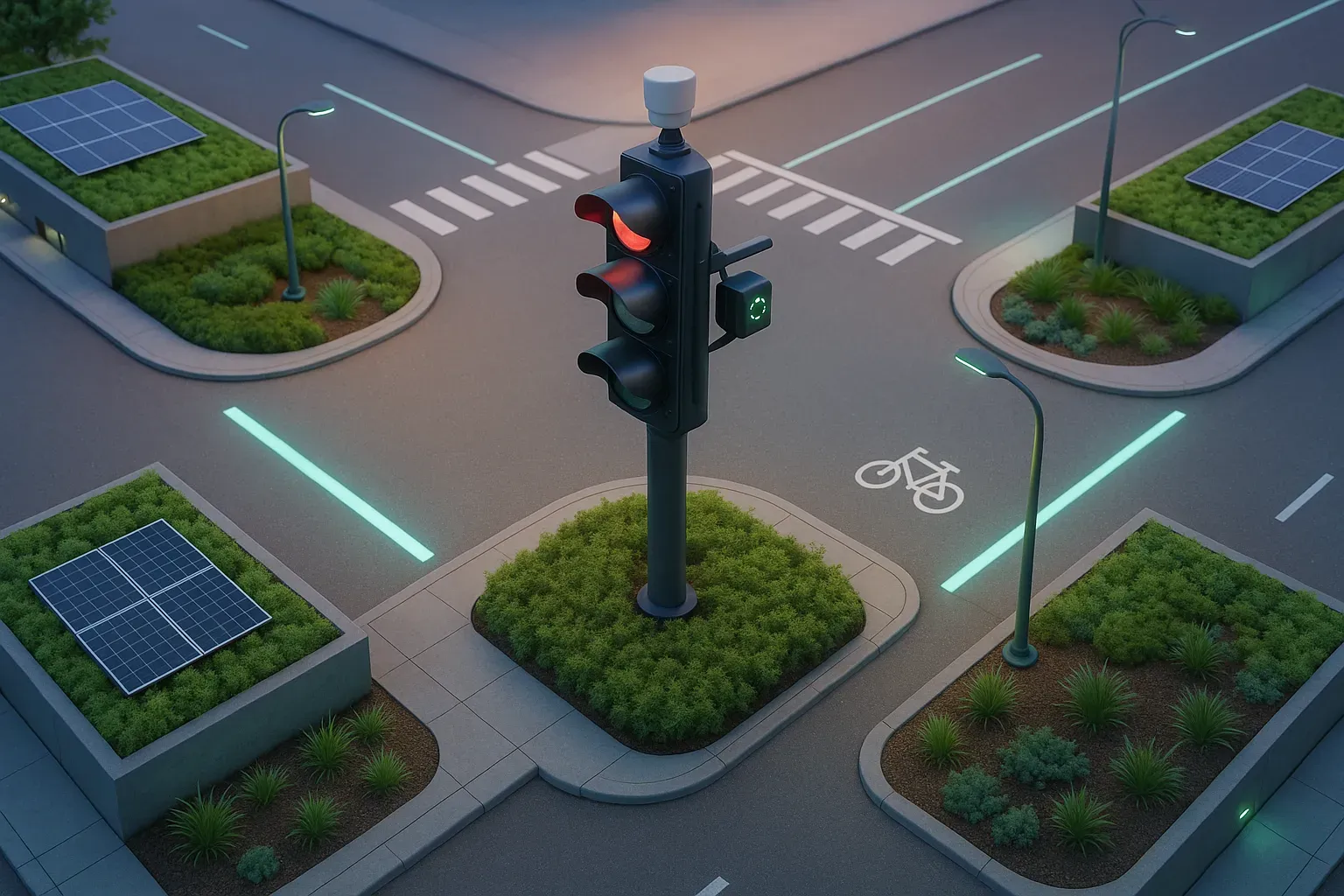Transit agencies play a crucial role in shaping sustainable urban environments. This article presents key strategies for measuring and reducing environmental impact in public transportation systems. Drawing from expert insights, these approaches offer practical solutions for transit agencies committed to enhancing their ecological footprint.
- Track Fuel Burn per Stop
- Measure Gallons Burned per Passenger Mile
- Use Carbon Footprint Calculator for Emissions
- Compare Emissions Across Vehicle Types
- Implement Real-Time Air Quality Monitoring Systems
- Analyze Carbon Footprint of Infrastructure Projects
- Assess Lifecycle Emissions of Vehicle Manufacturing
- Evaluate Energy Efficiency of Transit Facilities
Track Fuel Burn per Stop
While we don’t run public transit routes, I do manage a fleet that operates daily in some of the most congested areas in the Northeast, which means I’ve had to pay close attention to our fuel use and emissions footprint.
What’s helped me the most is looking beyond general fuel economy and digging into how much fuel we burn per stop (routes with too much idle time, drivers who take the long way around, or schedules that force vehicles to crawl through peak traffic). By using telematics tied to stop-level tracking, I’ve been able to flag specific routes and driving behaviors that consume more fuel than they should.
Once I started tracking fuel burn at that level, it became easier for me to spot patterns I wouldn’t have noticed just looking at MPG averages.
For example, I found that one route we ran daily really looked efficient on paper; however, when I broke it down per stop, it had the highest idle time and fuel waste in the entire fleet. The route itself wasn’t the problem, but the timing was. I noticed that I was sending drivers straight into peak congestion, and they were sitting in traffic with engines running. That led me to shift dispatch times by just 20 minutes, and it cut fuel consumption on that route by nearly 15%.
And when you multiply that across a fleet, the impact adds up quickly. Now, it’s not just about emissions but running smarter, leaner, and with fewer wasted hours behind the wheel.
 Ford Smith
Ford Smith
Founder & CEO, A1 Xpress
Measure Gallons Burned per Passenger Mile
Transit agencies should measure gallons burned per passenger mile instead of just looking at overall fuel usage because total consumption doesn’t tell you if you’re getting more efficient or just running more routes. This metric shows whether your operations are actually getting cleaner or if you’re just moving more people around using the same amount of fuel per person.
Our towing and pickup operations learned this lesson when we started tracking fuel costs per vehicle recovered instead of just monthly fuel bills. We found out that some of our longer routes were burning way more gas per pickup because we weren’t planning efficient routes. We changed our scheduling to group pickups by location instead of order received, cutting fuel usage by 30% while handling the same number of vehicles.
Transit agencies can use GPS fleet tracking systems that automatically calculate these efficiency metrics without extra paperwork. The data shows which routes, drivers, or vehicles are most fuel-efficient, helping identify where improvements will have the biggest impact. Simple changes like combining trips, maintaining vehicles better, or adjusting schedules based on actual ridership patterns can dramatically improve fuel efficiency. Focus on per-passenger or per-mile metrics rather than total consumption, because growth in service should increase total fuel use while decreasing waste per trip served.
 MARC SKIRVIN
MARC SKIRVIN
President, Cash Auto Salvage
Use Carbon Footprint Calculator for Emissions
As a seasoned CPA and CEO with a keen eye for sustainability, I recommend that transit agencies use the Carbon Footprint Calculator to measure their environmental impact. This tool helps quantify the amount of greenhouse gases produced by their operations, such as CO2 emissions from buses and trains. For example, when a local transit agency we advised used this tool, they discovered that older diesel buses made up over 60% of their emissions. This insight pushed them to switch part of their fleet to hybrid buses, cutting annual emissions by nearly 25% in just two years. By analyzing this data, transit agencies can pinpoint where to reduce their footprint, like adopting energy-efficient vehicles or encouraging more public transport use. Tracking progress over time keeps them improving and proves they’re serious about sustainability.
 Jack Nguyen
Jack Nguyen
CEO, InCorp
Compare Emissions Across Vehicle Types
Transit agencies can gain valuable insights by comparing emissions data across different vehicle types. This approach allows for a comprehensive understanding of the environmental impact of various transportation options. By analyzing the emissions produced by buses, trains, and other vehicles, agencies can identify which modes of transport are the most eco-friendly. This information can guide decision-making processes when it comes to fleet management and expansion.
Armed with this knowledge, transit agencies can make informed choices that align with their sustainability goals. It’s crucial for agencies to regularly update and review this data to stay current with technological advancements and changing environmental standards. Take the first step towards a greener future by initiating a thorough emissions comparison study across your agency’s vehicle fleet.
Implement Real-Time Air Quality Monitoring Systems
Implementing real-time air quality monitoring systems can revolutionize how transit agencies approach environmental impact assessment. These systems provide up-to-the-minute data on air pollution levels in and around transit routes and hubs. By collecting this information, agencies can identify pollution hotspots and times when air quality is particularly poor. This knowledge enables quick responses to mitigate environmental harm, such as rerouting vehicles or adjusting schedules during high pollution periods.
Over time, the accumulated data can reveal trends and patterns, informing long-term strategies for reducing the agency’s environmental footprint. Real-time monitoring also demonstrates a commitment to transparency and public health, potentially boosting community trust and support. Embrace the power of immediate information by installing air quality monitoring systems across your transit network.
Analyze Carbon Footprint of Infrastructure Projects
Analyzing the carbon footprint of infrastructure projects is a crucial step for transit agencies aiming to minimize their environmental impact. This process involves assessing the greenhouse gas emissions associated with constructing and maintaining transit facilities, stations, and routes. By examining factors such as material sourcing, construction methods, and long-term energy consumption, agencies can identify areas for improvement in their infrastructure development. This analysis can lead to the adoption of more sustainable building practices and materials, reducing the overall carbon footprint of transit systems.
Additionally, understanding the environmental cost of infrastructure projects helps agencies make more informed decisions when planning future expansions or renovations. The insights gained from this analysis can also be used to set realistic emission reduction targets for the agency. Start reducing your agency’s environmental impact today by conducting a comprehensive carbon footprint analysis of your next infrastructure project.
Assess Lifecycle Emissions of Vehicle Manufacturing
Assessing the lifecycle emissions of vehicle manufacturing provides transit agencies with a holistic view of their environmental impact. This approach considers the emissions produced not just during a vehicle’s operation, but throughout its entire lifespan – from production to disposal. By understanding the full environmental cost of their fleet, agencies can make more informed decisions about vehicle procurement. This assessment might reveal that certain vehicles with higher upfront emissions during manufacturing may actually have a lower overall environmental impact due to their longevity or efficiency in operation.
It also encourages agencies to consider factors such as the recyclability of vehicle components and the potential for refurbishment rather than replacement. This comprehensive view can lead to more sustainable long-term planning and potentially significant cost savings. Take a step towards truly sustainable transit by initiating a lifecycle emissions assessment of your agency’s vehicle fleet.
Evaluate Energy Efficiency of Transit Facilities
Evaluating the energy efficiency of transit facilities is a key strategy for reducing overall environmental impact. This process involves examining all aspects of a transit agency’s buildings and operations, from lighting and heating systems to waste management practices. By identifying areas of high energy consumption, agencies can implement targeted improvements to reduce their carbon footprint. This might include upgrading to energy-efficient lighting, improving insulation, or installing renewable energy systems like solar panels.
Additionally, this evaluation can uncover opportunities for water conservation and waste reduction, further enhancing the agency’s sustainability efforts. Improved energy efficiency not only benefits the environment but can also lead to significant cost savings for the agency in the long run. Begin your journey towards more sustainable operations by conducting a comprehensive energy efficiency audit of your transit facilities.








